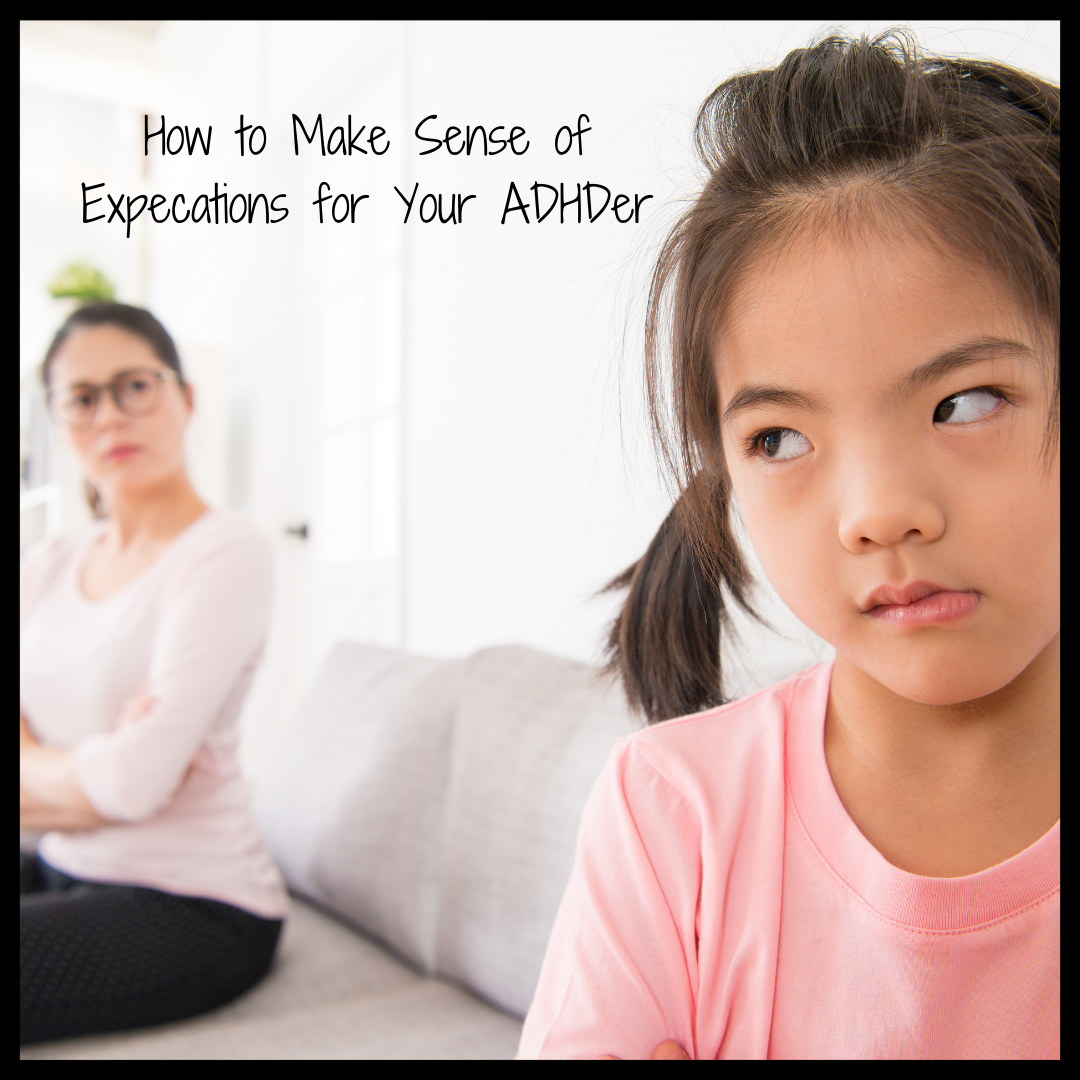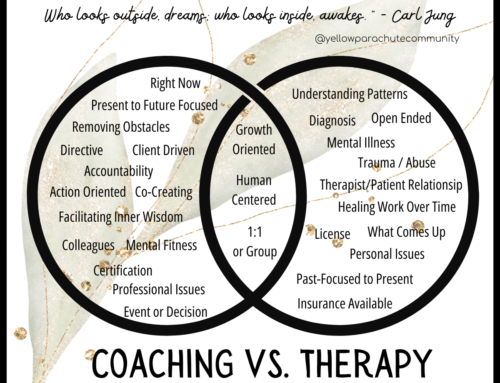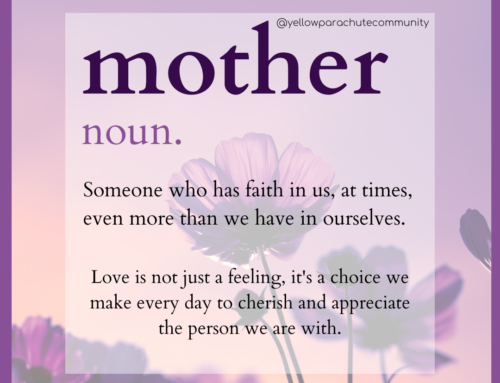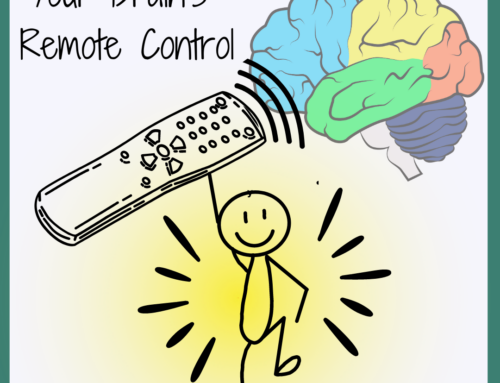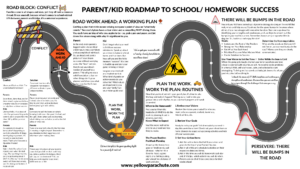If you find yourself resonating with the statement, “I don’t know if he’s lazy, she’s just stubborn, or if these things are actually difficult. We are all over the place. We’ve lost sight of what we should be expecting,” rest assured that you are not alone in this experience.
Dealing with challenges related to Executive Function can have significant everyday implications for individuals with ADHD.
One notable consequence is that, on average, children with ADHD are developmentally behind their peers by 3-5 years, and even more so for older teenagers, where the gap may be closer to one-third. This developmental lag can make it incredibly challenging for parents and caregivers to set realistic expectations for their child’s behavior and performance across various aspects of their life affected by ADHD.
The difficulty lies in the fact that ADHD is an invisible condition. Unless it manifests as a difference between desired outcomes and actual results, (cue the frustration) it is easy to lose sight of the reality of the situation. When you lose sight of what your ADHDer can and cannot do, you lose the ability to meet them where they are with their life skills.
You want to help your ADHDer know that their mismatch between inside and outside is not a personality or character flaw. You want to help them plan for success in the future. A helpful exercise to guide your expectations in order to do this is to take your child’s birth age and subtract four years, then consider the behavior and abilities typically seen in children of that grade level.
For an even more in-depth perspective, you might try the following:
1. Consider observing a classroom of children who are three to five years younger than your child.
2. Visit a park or playground to watch other kids playing – without bringing your kid along.
3. Talk to parents who have children at the adjusted ages of your ADHDers (remember those kiddos may have their own unique differences too)
4. Talk to parents who have children with ADHD.
5. Understand how the brain and executive functions develop from a developmental level.
For instance, if your child is in the ninth grade, despite being 14 years old, they may function more like a fifth-grader who is still learning to manage their work independently. Similarly, a third-grade child might exhibit behavior more akin to a kindergartener. This disparity can become even more confusing if your child with ADHD possesses exceptional academic or verbal skills, which may make them appear older than their actual age in certain situations. Families facing the challenges of “2e” (twice exceptional) individuals must navigate this asymmetry of brain development across different settings, necessitating the development of realistic expectations for each aspect of the ADHDer’s life.
Maintaining the understanding that your child with ADHD may not align with their grade-level peers can be liberating. It allows you to worry less about why your ADHDer is not “up to speed” and instead embrace the concept that your child marches to the beat of their own drummer. Noice cancelling headphones, anyone?
So, what comes next in this journey?
First and foremost, I recommend that families shift their mindset away from the notion of “shoulds” and focus on what truly matters within their unique family system, comprising their own distinctive family members. Two valuable activities to reconnect with your family’s core values and well-being are the values exercise and the wheel of wellness. By establishing what is important to your family as a whole and how each of you define the idea of success in school and at home, you can begin to build expectations collaboratively as a team.
There are several reasons why it is crucial to adjust your expectations to be more realistic for children with ADHD. As empowered parents, we always strive to challenge our children to grow, learn, and develop at an appropriate pace. However, it is equally important to hold them to a pace that makes sense for them, rather than comparing them to their same-age peers without ADHD. Adjusting expectations creates the “we’re in this together” message that your ADHDer needs to hear. It shifts the focus to possibilities, creativity, and problem solving rather than fixing, trying to keep up, or parent against kid.
Consider this analogy: Would you give a toddler a full cup of milk? Most likely not, as it would likely result in a messy situation. Instead, you would provide them with a sippy cup. Similarly, would you allow your 12-year-old to drive your car? Hopefully not, as it is not appropriate developmentally.
The three-step process is simple yet powerful.
1. Gain clarity on where your child stands on their developmental ladder. This is a general guideline that helps guide your expectations.
2. Determine what the next step on the ladder looks like for them and what is important for them to know. Be sure to gain your ADHDer’s input in this step! You can ask for help from your child’s teachers in this step as well.
3. Work together with your ADHDer and their teachers/counselors to support to help them reach the next step, and subsequently, the one after that.
Let’s explore a real-world example to illustrate this process.
Suppose your child is struggling to complete their homework.
Start by clearly identifying the steps involved in the process and determining which ones they can handle independently. Depending on the student’s age/grade/developmental level, the progression toward increased academic independence might involve the following steps:
1. The teacher provides written instructions to the parent, who reviews them and guides the child through the assignments.
2. The teacher provides written instructions, and the parent reminds the child to check and complete the assignments.
3. The teacher reminds the child to write down the assignments, while the parent reminds the child to check and complete them.
4. The teacher checks to ensure the child writes down the assignments each night, and the parent checks to ensure the assignments are done.
5. The teacher posts assignments on a webpage, allowing parents and children to double-check them.
Shifting expectations is an ongoing process. Each level represents increasing independence for the child. The challenge lies in setting our expectations at a realistic level that aligns with our child’s development. When we fail to do so, frustration often arises for the adults involved, while our children’s self-esteem may suffer.
It is crucial to take the time to understand what our children can reasonably accomplish and challenge them to their next level of growth, rather than comparing them to their peers. Just as you wouldn’t expect a child in a wheelchair at the bottom of the stairs to suddenly run up them, it is essential to recognize the capabilities of your child with ADHD. Depending on their individual needs, you may expect them to scoot up the stairs backward, crawl, or require assistance. The objective is not to grant our children a free pass or do everything for them but to find ways to hold them accountable while setting them up for success.
So, the next time you find yourself frustrated because your child is struggling with something, take a step back. Clearly identify what they can already do, set realistic expectations based on your understanding of their ADHD, and support them in gradually progressing to the next level when the time is right. Need help with this? We are only a phone call away!
Yours in the journey,
Cara

